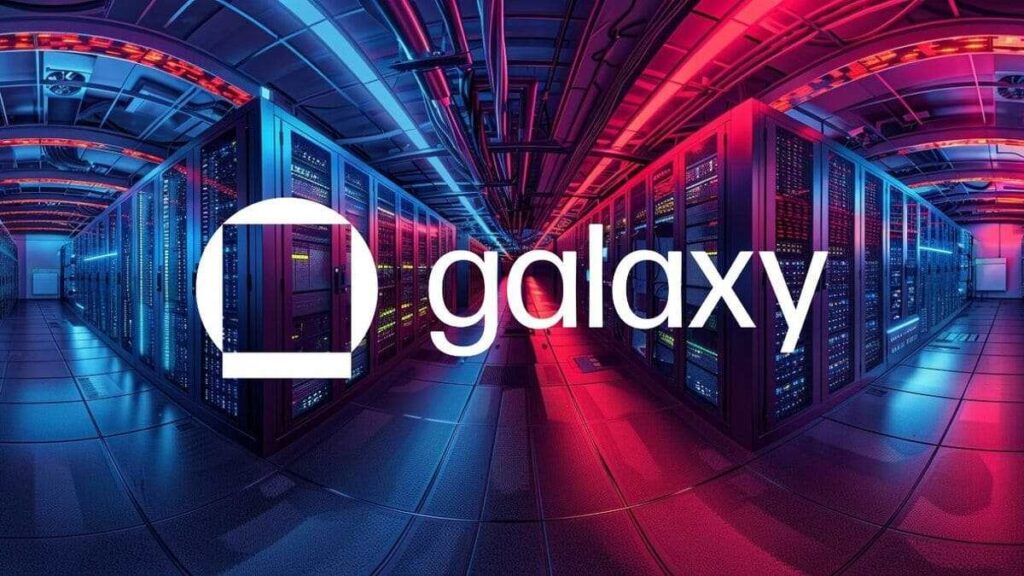TL;DR
- Galaxy Digital redirects its Bitcoin mining capacity to high-performance computing (HPC) for AI, through an agreement with a hyperscaler company.
- The firm seeks to adapt to the decline in Bitcoin mining rewards after the halving, which has reduced profit margins in the industry.
- Despite a 23% drop in mining revenue, Galaxy managed to reduce its net loss and increased its operating revenue by 30%, while its shares rose 7%.
Galaxy Digital, the investment firm led by Michael Novogratz, is making a strategic shift toward high-performance computing (HPC).
The company has signed a non-binding agreement with a U.S.-based hyperscaler firm, which would allow it to redirect all of its Bitcoin mining capacity, amounting to 800 megawatts (MW), toward hosting high-performance computers for artificial intelligence (AI).
The decision comes after cryptocurrency mining faced mounting pressure following Bitcoin’s recent halving event. This halving reduced miners’ rewards by half, which has affected the profit margins of companies in the sector.

Galaxy Digital currently operates 200 MW of the 800 MW approved for its mining facility in Texas and has an additional 1.7 gigawatts (GW) of capacity under review for potential permitting. Converting part of this capacity into infrastructure for AI leverages the existing operational capacity, allowing the firm to quickly adapt to the growing demands of the AI market, one of the fastest-growing industries.
Other Companies Followed the Same Path as Galaxy Digital
Galaxy’s decision to make this shift also responds to fierce competition within the Bitcoin mining sector, which has reduced profit margins. Companies like Hut 8 and HIVE have also begun redirecting resources toward AI computing, following the example of Core Scientific, which signed a major deal with cloud company CoreWeave, causing a surge in its stock price.
Financial Results
The impact of Bitcoin’s halving has also been evident in Galaxy Digital’s financial results. The firm reported that mining revenue fell by 23% compared to the previous quarter, despite an 11% increase in its mining power, measured in hashrate. However, despite the decline in mining revenue, the company managed to reduce its net loss and experienced a 30% increase in operating revenue compared to the previous quarter. The company’s shares rose 7% on the Toronto Stock Exchange, reflecting positive market sentiment, in parallel with the rebound in Bitcoin prices.











